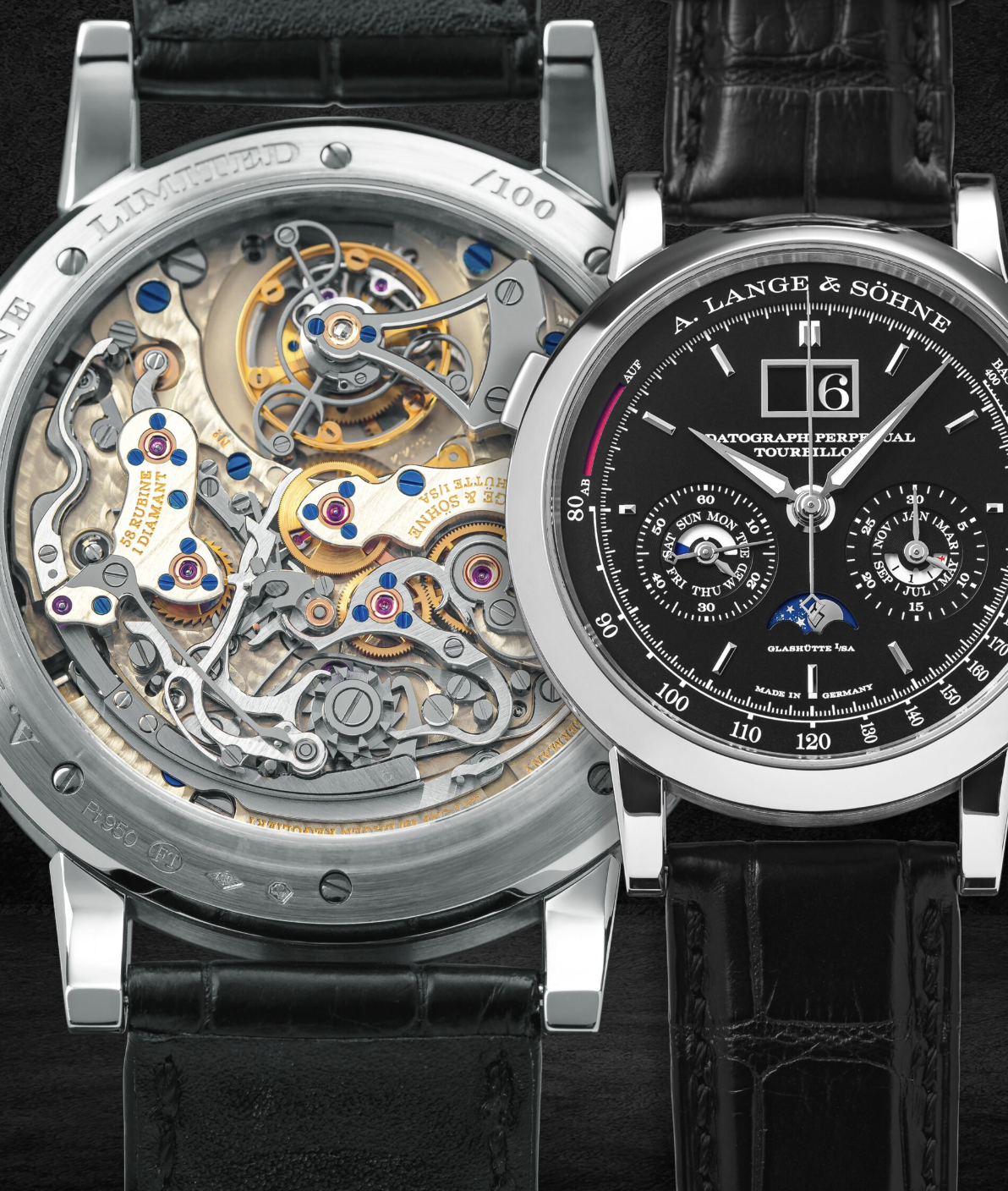What Makes a Watch Collectible? Key Features to Look For
For some, a watch is just a tool for telling time. For others, it's a piece of history, an investment, or an expression of personal style. But what truly makes a watch collectible? Whether you're an experienced collector or just starting out, knowing what to look for can help you find timepieces that hold value - not just financially, but in craftsmanship and legacy.
Paul Newman's own Rolex Daytona Reference 6239. It was auctioned for $17,752,500.
1. Rarity & Limited Production
One of the most significant factors in a watch’s collectibility is rarity. Watches produced in small numbers or as limited editions tend to attract collectors, as they become harder to find over time. Special editions, discontinued models, or those with unique dial variations often increase in value because of their scarcity.
Example:
A brand may release a limited run of 500 pieces, making it more desirable than a mass-produced model. Similarly, a discontinued model, like certain vintage Rolex references, can become highly sought after.
2. Unique or Rare Complications
A watch’s complications - functions beyond basic timekeeping - also add to its desirability. Some complications are extremely rare or difficult to produce, making watches with these features stand out in a collection.
Veles, a pointer date by Perun
Notable Rare Complications:
Pointer Date: A classic yet uncommon feature where a hand points to the date around the dial instead of using a date window.
Perpetual Calendar: Automatically adjusts for months with different lengths and even leap years.
Minute Repeater: Chimes the time on demand, requiring incredible craftsmanship.
Split-Seconds Chronograph: Allows timing multiple events simultaneously - a feature found in high-end watches.
The more intricate and rare the complication, the more valuable the watch can become over time.
3. Movement Quality & Craftsmanship
A watch’s movement, often referred to as its caliber, is its beating heart. Collectors value movements that are well-crafted, Swiss-made, hand-finished, or in-house developed. Mechanical movements, especially those that are manually wound or automatic, are more collectible than quartz movements due to their engineering complexity.
What to Look For:
Swiss movements (Sellita, ETA, Zenith, Rolex, etc.)
Hand-decorated movements (Côtes de Genève, perlage finishing)
In-house movements developed by the brand
4. Historical Significance & Brand Heritage
Watches tied to important historical events, figures, or milestones often become legendary. A watch worn by a famous explorer, pilot, or even a movie character can skyrocket in value. Similarly, brands with long-standing traditions in horology tend to produce more collectible watches.
TAG Heuer, Monaco 1133B "Steve McQueen"
Examples:
The Omega Speedmaster became highly collectible due to its association with NASA and the moon landing.
The Patek Philippe Nautilus is legendary for being one of the first luxury steel sports watches.
Watches associated with historical figures, like Steve McQueen’s TAG Heuer Monaco, become instantly iconic.
5. Design & Timeless Aesthetic
Trends come and go, but truly collectible watches stand the test of time. A well-balanced, aesthetically pleasing design ensures that a watch remains desirable decades after its release. Overly trendy or experimental designs may lose appeal over time, whereas classic, well-proportioned watches tend to age gracefully.
Hallmarks of Timeless Design:
✔ Balanced case size (typically 36mm–42mm for versatility)
✔ Minimalist yet functional dials
✔ High-quality finishing and attention to detail
✔ Iconic design elements that remain unchanged over decades
A. Lange & Söhne Datograph, features an in-house movement with an exquisitely decorated case back.
6. Condition & Originality
Collectors highly value watches that have been well-preserved in their original condition. Unpolished cases, original dials, and factory components make a watch far more desirable than one that has been overly restored or modified.
Pro Collector Tip:
Look for watches with box and papers (original documentation), as they add to the watch’s authenticity and resale value.
Avoid overly polished cases, which can alter the original lines and reduce value.
Servicing is essential, but always use authorized or reputable watchmakers to maintain collectibility.
TUDOR Black Bay Bronze Bucherer BLUE
7. Investment Potential (But Buy What You Love)
While some watches appreciate in value, not every watch should be seen as an investment. Collectors should buy what they genuinely love, rather than purely chasing market trends. However, choosing well-made, rare, and historically significant watches increases the likelihood of long-term appreciation.
Watches That Tend to Hold Value:
Limited edition pieces
Watches from brands with strong reputations (Patek Philippe, Rolex, Omega, etc.)
Unique or discontinued models
Iconic designs that remain in demand
Final Thoughts
A truly collectible watch is more than just a timepiece - it’s a blend of craftsmanship, history, and rarity. Whether you're drawn to a watch for its heritage, design, complications, or investment potential, the best watch for your collection is one that speaks to you personally.
So, whether you're searching for a rare pointer date complication, an iconic Swiss movement, or a timepiece with deep historical roots, remember: the best watches are those that stand the test of time.





